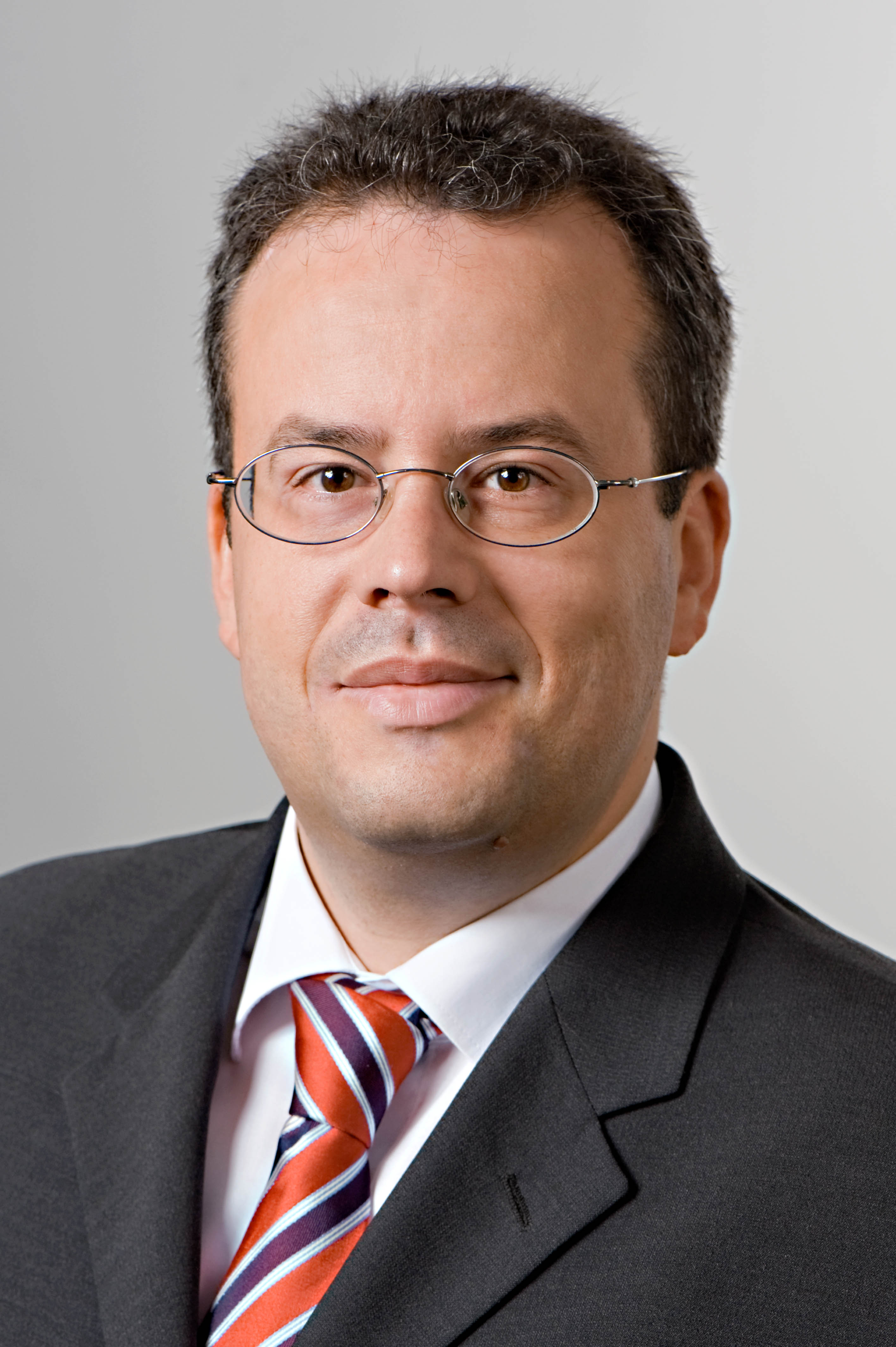Perceptual Coding: Hype or Hope?
Slides
The slides for this keynote talk were kindly provided and are available here
.Abstract
There has been a significant progress in image/video coding in the last 50 years, and many visual coding standards have been established, including JPEG, MPEG-1, MPEG-2, H.264/AVC and H.265, in the last three decades. The visual coding research field has reached a mature stage, and the question “is there anything left for image/video coding?” arises in recent years. One emerging R&D topic is “perceptual coding”. That is, we may leverage the characteristics of the human visual system (HVS) to achieve a higher coding gain. For example, we may change the traditional quality/distortion measure (i.e., PSNR/MSE) to a new perceptual quality/distortion measure and take visual saliency and spatial-temporal masking effects into account. Recent developments in this area will be reviewed first. However, “is it sufficient to keep visual coding research vibrant and prosperous for another decade with such a modification?” The answer is probably not. In this talk, I will present a new HVS-centric coding framework that is dramatically differently from the past. This framework is centered on two key concepts – the stair quality function (SQF) and the Just-Noticeable-Differences (JND). It will lead to numerous new R&D opportunities and revolutionize coding research with modern machine learning tools.
Biography
Dr. C.-C. Jay Kuo received his Ph.D. degree from the Massachusetts Institute of Technology in 1987. He is now with the University of Southern California (USC) as Director of the Media Communications Laboratory and Dean’s Professor in Electrical Engineering-Systems. His research interests are in the areas of digital media processing, compression, communication and networking technologies. Dr. Kuo was the Editor-in-Chief for the IEEE Trans. on Information Forensics and Security in 2012-2014. He was the Editor-in-Chief for the Journal of Visual Communication and Image Representation in 1997-2011, and served as Editor for 10 other international journals. Dr. Kuo received the National Science Foundation Young Investigator Award (NYI) and Presidential Faculty Fellow (PFF) Award in 1992 and 1993, respectively. He was an IEEE Signal Processing Society Distinguished Lecturer in 2006, and the recipient of the Electronic Imaging Scientist of the Year Award in 2010 and the holder of the 2010-2011 Fulbright-Nokia Distinguished Chair in Information and Communications Technologies. Dr. Kuo is a Fellow of AAAS, IEEE and SPIE. Dr. Kuo has guided 130 students to their Ph.D. degrees and supervised 23 postdoctoral research fellows. He is a co-author of about 240 journal papers, 880 conference papers and 13 books.
Thinking Big: The 5 Senses
Abstract
The senses we call upon to interact with technology are still very limited relying mostly on visual and auditory senses. The grand vision of my research is to gain a rich and integrated understanding on touch, taste, and smell experiences for interactive technologies. In spite of our current knowledge about sensory systems and sensory devices, the biggest stumbling block for progress concerns the need of a deeper understanding of people’s multisensory experiences in Human-Computer Interaction. It is essential to determine what tactile, gustatory, and olfactory experiences we can design for, and how we can meaningfully stimulate such experiences when interacting with technology. Importantly, we need to determine the experiential qualities of the different senses in order to design novel and more multi-faceted interactive experiences. In this talk, I will present some of our recent projects on this topic and highlight future opportunities for creating new interactive experiences that involve all our senses.
Biography
Marianna Obrist is a Reader in Interaction Design at the University of Sussex where she leads the Sussex Computer Human Interaction Lab, a research group dedicated to the investigation of multisensory experiences. Before joining Sussex, she was a Marie Curie Fellow at Newcastle University and prior to this an Assistant Professor for Human-Computer Interaction and Usability at the University of Salzburg. She has recently been awarded €1.5Mk by the European Research Council for a five-year project on ‘Sensory Experiences for Interactive Technologies’ (SenseX). The focal point of her research is to create a rich and systematic understanding of the design spectrum for touch, taste, and smell experiences in HCI. More details are available here: http://www.sussex.ac.uk/schi/
Quality of Experience in Haptic Communication
Slides
The slides for this keynote talk were kindly provided and are available here.
Abstract
Humans heavily rely on the haptic modality when interacting with their environment. Providing a similar experience while immersing a user into a remote or inaccessible environment by means of technical systems requires the exchange of haptic information in addition to the widely studied and, to a large extent, mature audio-visual (A/V) communication solutions. Extending traditional A/V-based telepresence systems by haptic communication allows a user not only to feel present in a remote space but also to physically interact with object therein.This talk discusses selected aspects of quality of experience for haptic communication. The presentation will start with a general overview about haptic communication including the acquisition, coding, transmission, display and perception of kinesthetic and tactile information. The talk includes a discussion of the state-of-the-art in perceptual coding for both kinesthetic and tactile signals and will describe typical artifacts that affect the quality of experience in haptic communication. If time permits, I will end the talk by demonstrating our remote texture rendering solution which allows a user to share the look and feel of textured surfaces across a communication network.
Biography
Eckehard Steinbach is a Professor for Media Technology at the Technical University of Munich (TUM). His research interests are in the area of audio-visual-haptic information processing and communication, 3D image analysis and synthesis, as well as networked and interactive multimedia systems. He studied Electrical Engineering at the University of Karlsruhe (Germany), the University of Essex (Great-Britain), and ESIEE in Paris. From 1994 - 2000 he was a member of the research staff of the Image Communication Group at the University of Erlangen-Nuremberg (Germany), where he received the Engineering Doctorate in 1999. From February 2000 to December 2001 he was a Postdoctoral Fellow with the Information Systems Laboratory of Stanford University. In February 2002 he joined the Department of Electrical Engineering and Information Technology of TUM. Since 2006 Dr. Steinbach serves as an Associate Editor for the IEEE Trans. on Circuits and Systems for Video Technology (CSVT). Since 2011 he is also an Associate Editor of the IEEE Trans. on Multimedia. From 2008-2011 Dr. Steinbach served as a member of the IEEE Multimedia and Signal Processing (MMSP) Technical Committee. Until the end of 2010 he has served as a member of the ICME Steering Committee. In March 2005 Dr. Steinbach has been appointed as a guest professor at the Sino-German School for Postgraduate Studies (CDHK) at Tongji University in Shanghai. Dr. Steinbach and his team have received several best paper, best student paper or best poster awards for their work. Dr. Steinbach is the recipient of the 2011 “Research Award” of the Alcatel-Lucent Foundation. He was elected Fellow of the IEEE in 2015 for his contributions to visual and haptic communications.



